Home>Renovation & DIY>Home Renovation Guides>Where To End A Backsplash
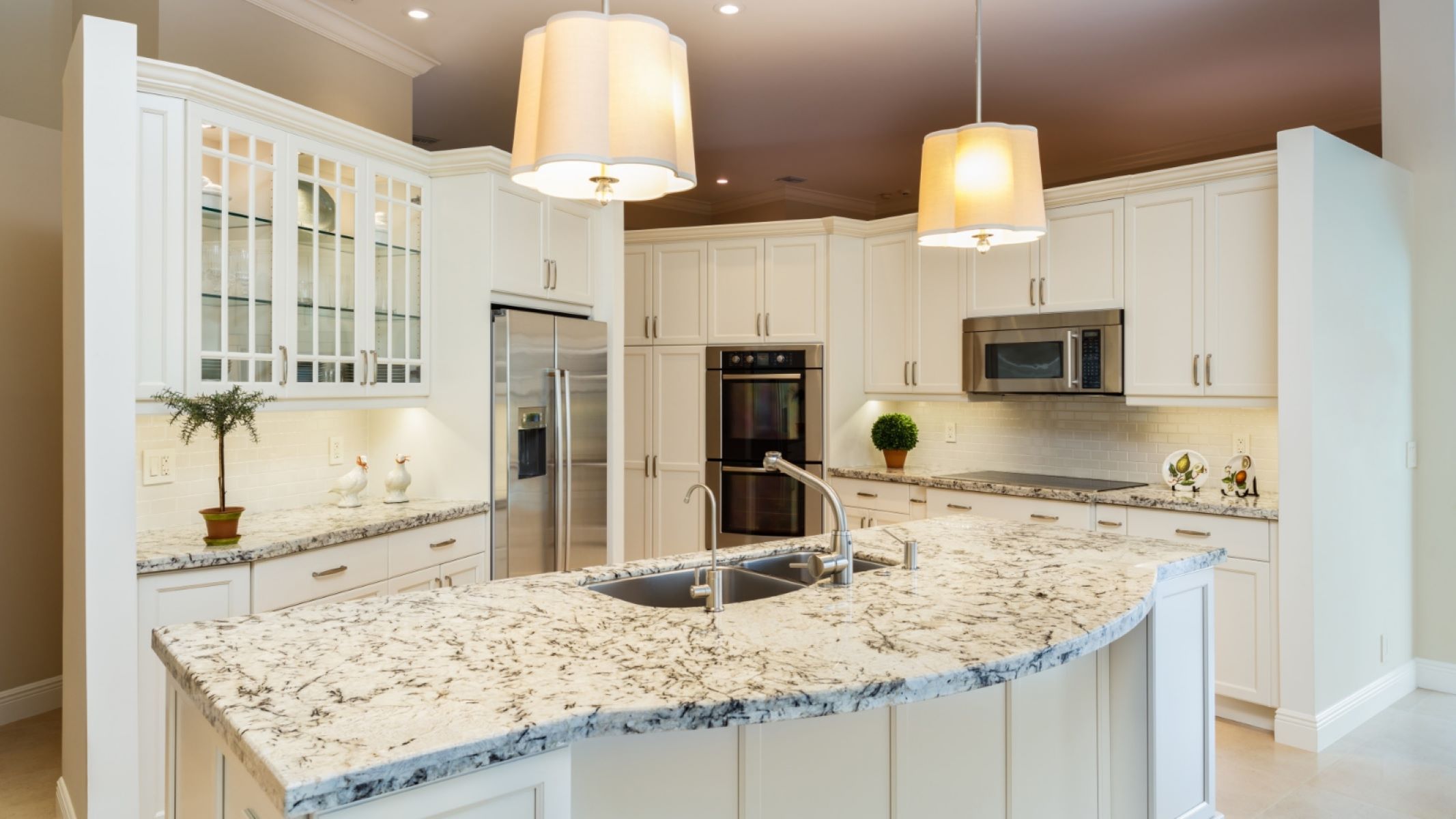

Home Renovation Guides
Where To End A Backsplash
Modified: March 19, 2024
Discover the best tips for ending a backsplash in your home renovation project. Get expert guidance and advice in our comprehensive home renovation guides.
(Many of the links in this article redirect to a specific reviewed product. Your purchase of these products through affiliate links helps to generate commission for Storables.com, at no extra cost. Learn more)
Introduction
When it comes to renovating your kitchen or bathroom, the backsplash is a crucial element that can significantly impact the overall aesthetic and functionality of the space. The decision of where to end a backsplash is a pivotal aspect of the design process, as it can influence the visual appeal and cohesiveness of the room. Whether you are embarking on a full-scale renovation or simply seeking to refresh the look of your space, understanding the various options for ending a backsplash is essential.
In this comprehensive guide, we will delve into the factors to consider when determining where to end a backsplash. We will explore the implications of ending the backsplash at the countertop, cabinets, or ceiling, shedding light on the unique characteristics and visual effects of each approach. By the end of this article, you will have gained valuable insights to help you make an informed decision that aligns with your design preferences and practical needs.
The process of deciding where to end a backsplash involves a careful balance of aesthetics, functionality, and personal style. Each option presents its own set of advantages and considerations, making it crucial to weigh the pros and cons in the context of your specific renovation project. Whether you aim to create a seamless transition between different surfaces or introduce a bold design statement, the endpoint of your backsplash holds the potential to elevate the overall look and feel of your kitchen or bathroom.
As we embark on this exploration, it is important to approach the decision-making process with an open mind, considering the unique characteristics of your space and the desired outcome of your renovation project. By understanding the implications of each option, you will be better equipped to make a well-informed choice that aligns with your vision for the space. Let's delve into the factors to consider when determining where to end a backsplash, setting the stage for an insightful journey into the world of home renovation and design.
Key Takeaways:
- Choose where to end your backsplash wisely – it impacts the look and practicality of your kitchen or bathroom. Consider aesthetics, practicality, design, and budget to make the best decision.
- Ending your backsplash at the countertop, cabinets, or ceiling each offers unique benefits. Consider visual flow, practicality, and design impact to make the right choice for your space.
Read more: Where To End Backsplash Peninsula
Factors to Consider
When contemplating where to end a backsplash, several crucial factors come into play, each exerting a significant influence on the overall design and functionality of the space. Understanding these factors is essential for making an informed decision that aligns with your renovation goals and personal preferences.
-
Aesthetic Cohesion: The endpoint of the backsplash plays a pivotal role in creating a cohesive visual flow within the room. Consider how different endpoints may impact the overall aesthetic, from creating a seamless transition between surfaces to introducing a striking design element.
-
Practical Considerations: Practicality is a key consideration when determining the endpoint of a backsplash. Assess how the chosen endpoint will affect the ease of cleaning and maintenance, as well as its ability to protect the underlying walls from moisture and stains.
-
Room Size and Layout: The size and layout of the room can influence the decision of where to end the backsplash. In smaller spaces, extending the backsplash to the ceiling can create the illusion of height, while in larger rooms, ending it at the countertop or cabinets may offer a more balanced visual effect.
-
Design Statement: The endpoint of the backsplash presents an opportunity to make a design statement. Consider whether you aim to achieve a subtle, understated look or prefer to make a bold statement with the endpoint design, reflecting your personal style and the overall theme of the space.
-
Material and Color Coordination: The choice of endpoint can impact the coordination of materials and colors within the room. Assess how different endpoints may complement or contrast with the countertop, cabinets, and other elements, ensuring a harmonious visual composition.
-
Budget and Scope of Renovation: The budget and scope of your renovation project can influence the decision of where to end the backsplash. Consider how different endpoint options align with your budget and the overall scope of the renovation, ensuring a cohesive and cost-effective approach.
By carefully considering these factors, you can gain valuable insights into the implications of each endpoint option, empowering you to make a well-informed decision that harmonizes with your vision for the space. As we delve into the specific endpoint options in the following sections, keep these factors in mind to guide your decision-making process effectively.
Ending the Backsplash at the Countertop
Ending the backsplash at the countertop is a popular and timeless choice that offers a clean and classic look to the kitchen or bathroom. This approach creates a distinct endpoint that seamlessly integrates with the countertop surface, resulting in a visually cohesive and balanced design. By terminating the backsplash at the countertop, you can achieve a harmonious transition between the two surfaces, allowing the countertop material to take center stage while the backsplash serves as a complementary backdrop.
One of the key advantages of ending the backsplash at the countertop is its practicality. This endpoint facilitates easier cleaning and maintenance, as there are no additional seams or transitions to navigate during routine upkeep. Furthermore, by protecting the wall space directly behind the countertop, this approach effectively shields the area from water splashes, food stains, and other potential sources of damage, thereby preserving the integrity of the underlying wall surface.
From a design perspective, ending the backsplash at the countertop allows for greater flexibility in material and color coordination. This endpoint provides a natural boundary for different materials, enabling a seamless integration of the countertop and backsplash materials. Whether you opt for a cohesive look by using the same material for both surfaces or introduce a subtle contrast to add visual interest, ending the backsplash at the countertop offers a versatile canvas for creative expression.
In terms of visual impact, this endpoint option can contribute to a sense of visual continuity and understated elegance within the space. By maintaining a consistent horizontal line at the countertop level, the design achieves a sense of balance and unity, enhancing the overall aesthetic appeal of the room. Additionally, in smaller kitchens or bathrooms, ending the backsplash at the countertop can create a visually uncluttered and spacious feel, contributing to an open and inviting atmosphere.
When considering the endpoint of the backsplash, it is essential to evaluate how ending it at the countertop aligns with the overall design goals, practical needs, and aesthetic preferences for the space. By carefully weighing the advantages of this approach in terms of practicality, design flexibility, and visual impact, you can make an informed decision that enhances the functionality and visual appeal of your kitchen or bathroom.
When ending a backsplash, it’s best to stop at the end of a countertop or cabinet for a clean look. Avoid ending in the middle of a wall or at an awkward corner.
Ending the Backsplash at the Cabinets
Ending the backsplash at the cabinets presents a compelling option that can significantly influence the visual dynamics and design coherence of a kitchen or bathroom. This approach entails extending the backsplash to meet the lower edge of the upper cabinets, creating a seamless and integrated look that harmonizes with the cabinetry. By opting for this endpoint, you can introduce a sense of continuity and balance within the space, while also leveraging the opportunity to showcase the backsplash as a prominent design element.
One of the primary advantages of ending the backsplash at the cabinets lies in its ability to create a unified and cohesive visual effect. By aligning the endpoint with the lower edge of the upper cabinets, this approach establishes a horizontal line that visually connects the cabinets and the countertop, contributing to a harmonious and well-integrated design. This seamless transition between the cabinets and the backsplash can impart a sense of elegance and sophistication to the space, elevating the overall aesthetic appeal.
From a practical standpoint, ending the backsplash at the cabinets offers the benefit of protecting the wall space behind the countertops and between the cabinets. This endpoint serves as a functional barrier, safeguarding the underlying walls from potential splashes, stains, and moisture, thereby preserving the structural integrity of the wall surface. Additionally, the extended backsplash at the cabinets facilitates easier cleaning and maintenance, as it minimizes the risk of debris accumulation in the exposed wall area.
In terms of design flexibility, ending the backsplash at the cabinets provides an opportunity to showcase the backsplash material and design as a focal point within the space. This approach allows for the uninterrupted display of the backsplash, creating a visually impactful backdrop that complements the cabinetry and countertop. Whether opting for a bold and intricate backsplash pattern or a subtle and understated design, this endpoint option enables the backsplash to make a distinct visual statement, adding character and personality to the room.
Furthermore, ending the backsplash at the cabinets can contribute to a sense of vertical continuity and visual expansiveness within the space. In kitchens with high ceilings or bathrooms with ample vertical space, this endpoint option can create a striking visual effect, drawing the eye upward and accentuating the sense of height and openness. By leveraging the vertical expanse to showcase the backsplash, this approach can enhance the overall spatial perception, making the room feel more expansive and inviting.
When considering the endpoint of the backsplash, evaluating the option of ending it at the cabinets involves a careful assessment of its impact on the overall design, practical functionality, and visual appeal of the space. By weighing the advantages of this approach in terms of visual coherence, practicality, design prominence, and spatial dynamics, you can make an informed decision that enhances the aesthetic and functional aspects of your kitchen or bathroom.
Ending the Backsplash at the Ceiling
Ending the backsplash at the ceiling represents a bold and distinctive approach that can transform the visual dynamics and spatial perception of a kitchen or bathroom. This design choice involves extending the backsplash vertically to meet the ceiling, creating a striking visual statement that draws the eye upward and accentuates the height of the room. By opting for this endpoint, you can introduce a sense of grandeur and architectural interest, while also leveraging the opportunity to showcase the backsplash as a prominent design element.
One of the key advantages of ending the backsplash at the ceiling lies in its ability to create a sense of vertical continuity and visual expansiveness within the space. This approach capitalizes on the vertical expanse of the room, effectively elongating the visual impact of the backsplash and emphasizing the height of the ceiling. In kitchens with high ceilings or bathrooms with ample vertical space, extending the backsplash to the ceiling can create a dramatic and visually captivating effect, imbuing the space with a sense of openness and grandeur.
From a design perspective, ending the backsplash at the ceiling offers the opportunity to make a bold and impactful statement. This approach allows for the uninterrupted display of the backsplash, transforming it into a striking feature that commands attention and adds a layer of architectural interest to the room. Whether opting for a cohesive and continuous backsplash design or introducing a captivating pattern or texture, this endpoint option enables the backsplash to become a defining element that contributes to the overall character and aesthetic appeal of the space.
In terms of practical considerations, ending the backsplash at the ceiling can offer the benefit of enhanced protection for the wall space. By extending the backsplash vertically, this endpoint option provides comprehensive coverage for the wall surface, effectively shielding it from potential splashes, stains, and moisture. This can be particularly advantageous in areas prone to high humidity or frequent cooking activities, as it ensures that the entire wall area is safeguarded against potential damage, thereby contributing to the longevity and durability of the underlying wall surface.
When considering the endpoint of the backsplash, evaluating the option of ending it at the ceiling involves a careful assessment of its impact on the overall design, spatial perception, and visual appeal of the space. By weighing the advantages of this approach in terms of vertical continuity, design prominence, and practical functionality, you can make an informed decision that elevates the aesthetic and spatial dimensions of your kitchen or bathroom.
Read more: Where To End Backsplash Around Window
Conclusion
In the realm of home renovation and design, the decision of where to end a backsplash holds significant implications for the overall aesthetic, functionality, and spatial dynamics of a kitchen or bathroom. As we have explored the various options for ending a backsplash – at the countertop, cabinets, or ceiling – it becomes evident that each approach offers a unique set of advantages and considerations. By carefully weighing these factors in the context of your specific renovation project, you can make an informed decision that aligns with your design preferences and practical needs.
The choice of ending the backsplash at the countertop presents a timeless and practical option, offering a clean and classic look that seamlessly integrates with the countertop surface. This approach facilitates easier cleaning and maintenance, while also providing flexibility in material and color coordination. Ending the backsplash at the cabinets, on the other hand, creates a sense of visual coherence and design prominence, allowing for the uninterrupted display of the backsplash as a prominent feature within the space. Lastly, ending the backsplash at the ceiling introduces a bold and impactful statement, accentuating the height of the room and adding a layer of architectural interest.
Ultimately, the decision of where to end a backsplash should be guided by a careful balance of aesthetic cohesion, practical considerations, room size and layout, design statement, material and color coordination, and the budget and scope of the renovation. By considering these factors in conjunction with the unique characteristics of your space, you can arrive at a decision that enhances the functionality and visual appeal of your kitchen or bathroom.
As you embark on your renovation journey, remember that the endpoint of the backsplash holds the potential to elevate the overall look and feel of the space. Whether you aim to achieve a seamless transition between different surfaces, introduce a striking design statement, or create a sense of visual expansiveness, the endpoint of the backsplash serves as a canvas for creative expression and design innovation. By embracing the possibilities and considering the implications of each endpoint option, you can embark on a transformative renovation journey that brings your vision to life.
In the realm of home renovation and design, the decision of where to end a backsplash holds significant implications for the overall aesthetic, functionality, and spatial dynamics of a kitchen or bathroom. As we have explored the various options for ending a backsplash – at the countertop, cabinets, or ceiling – it becomes evident that each approach offers a unique set of advantages and considerations. By carefully weighing these factors in the context of your specific renovation project, you can make an informed decision that aligns with your design preferences and practical needs.
The choice of ending the backsplash at the countertop presents a timeless and practical option, offering a clean and classic look that seamlessly integrates with the countertop surface. This approach facilitates easier cleaning and maintenance, while also providing flexibility in material and color coordination. Ending the backsplash at the cabinets, on the other hand, creates a sense of visual coherence and design prominence, allowing for the uninterrupted display of the backsplash as a prominent feature within the space. Lastly, ending the backsplash at the ceiling introduces a bold and impactful statement, accentuating the height of the room and adding a layer of architectural interest.
Ultimately, the decision of where to end a backsplash should be guided by a careful balance of aesthetic cohesion, practical considerations, room size and layout, design statement, material and color coordination, and the budget and scope of the renovation. By considering these factors in conjunction with the unique characteristics of your space, you can arrive at a decision that enhances the functionality and visual appeal of your kitchen or bathroom.
As you embark on your renovation journey, remember that the endpoint of the backsplash holds the potential to elevate the overall look and feel of the space. Whether you aim to achieve a seamless transition between different surfaces, introduce a striking design statement, or create a sense of visual expansiveness, the endpoint of the backsplash serves as a canvas for creative expression and design innovation. By embracing the possibilities and considering the implications of each endpoint option, you can embark on a transformative renovation journey that brings your vision to life.
Frequently Asked Questions about Where To End A Backsplash
Was this page helpful?
At Storables.com, we guarantee accurate and reliable information. Our content, validated by Expert Board Contributors, is crafted following stringent Editorial Policies. We're committed to providing you with well-researched, expert-backed insights for all your informational needs.
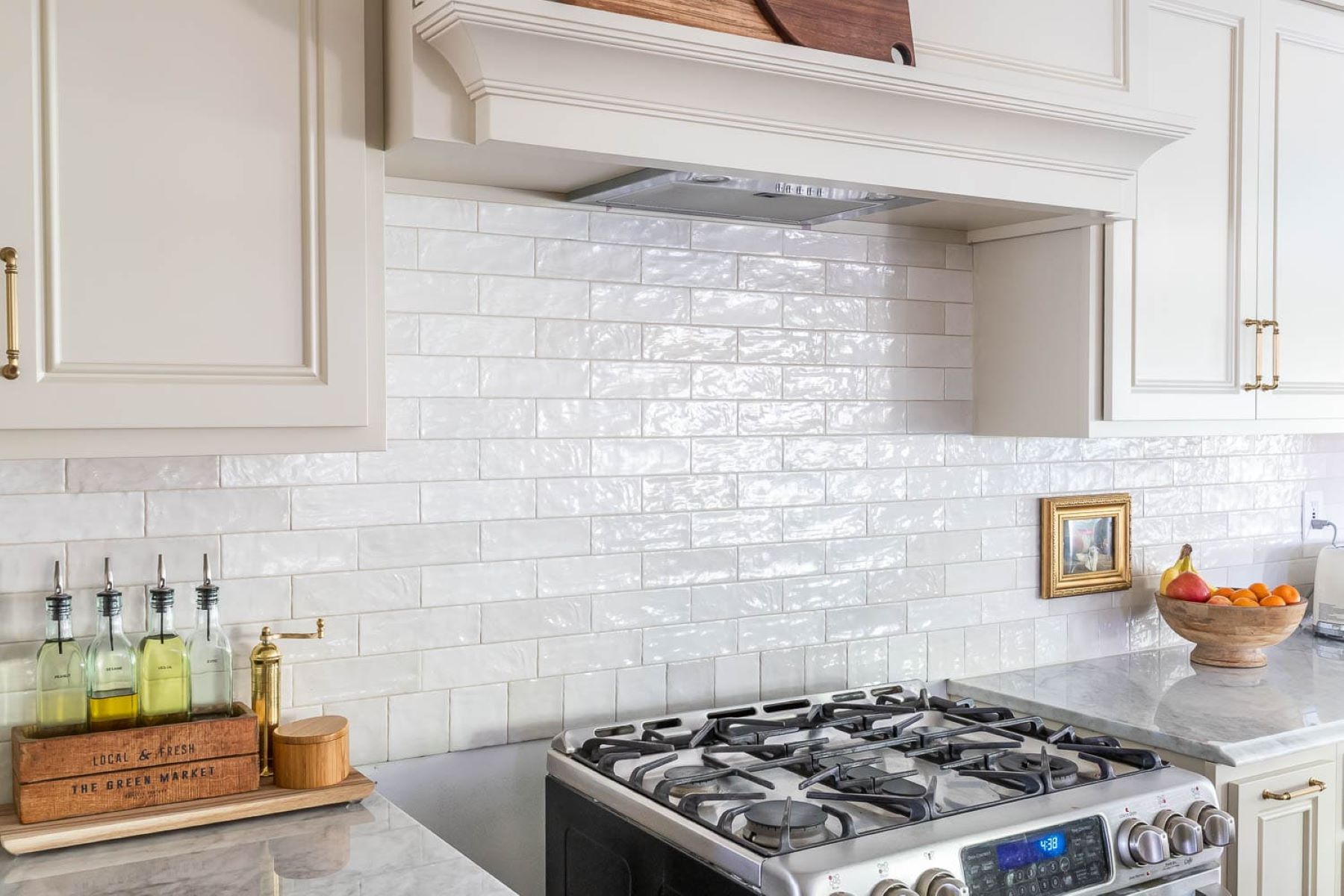

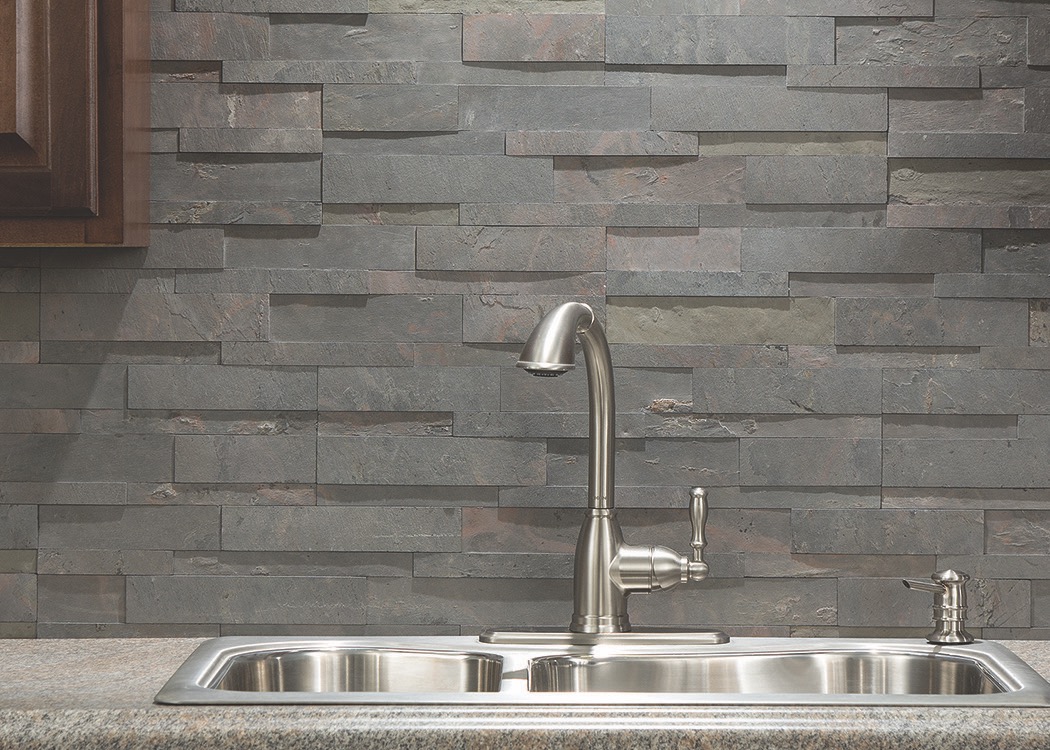
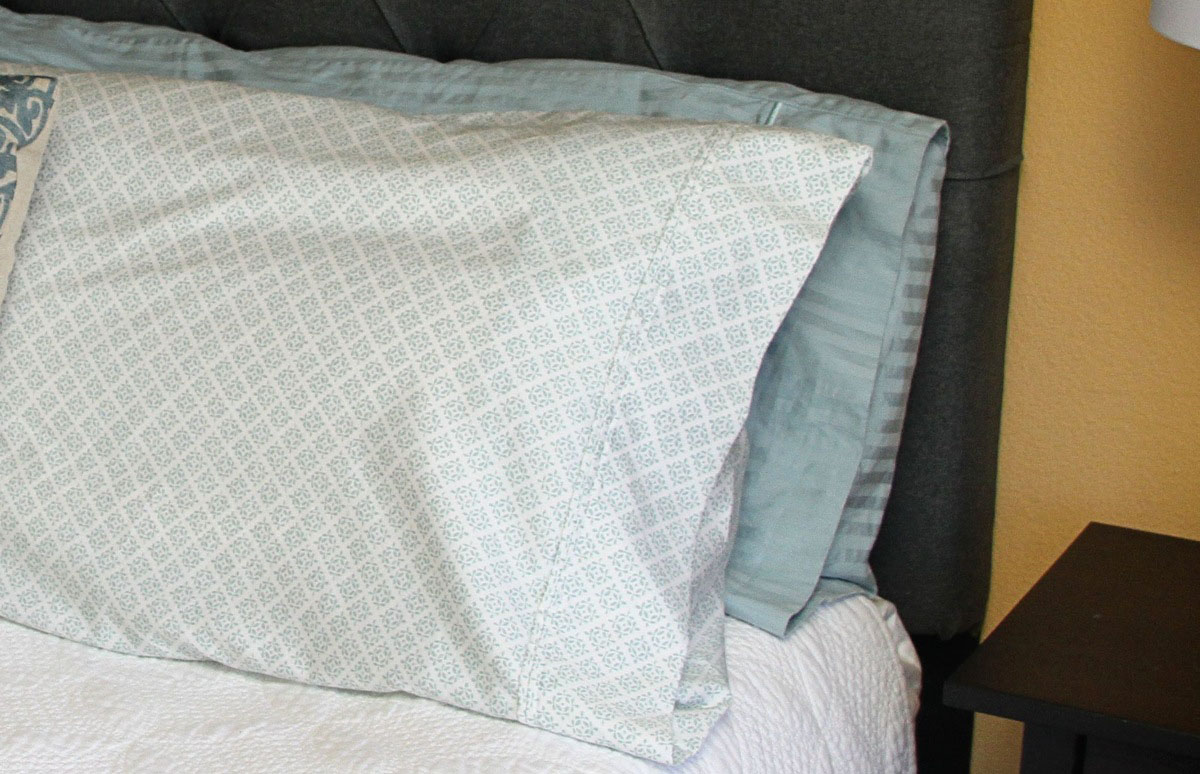
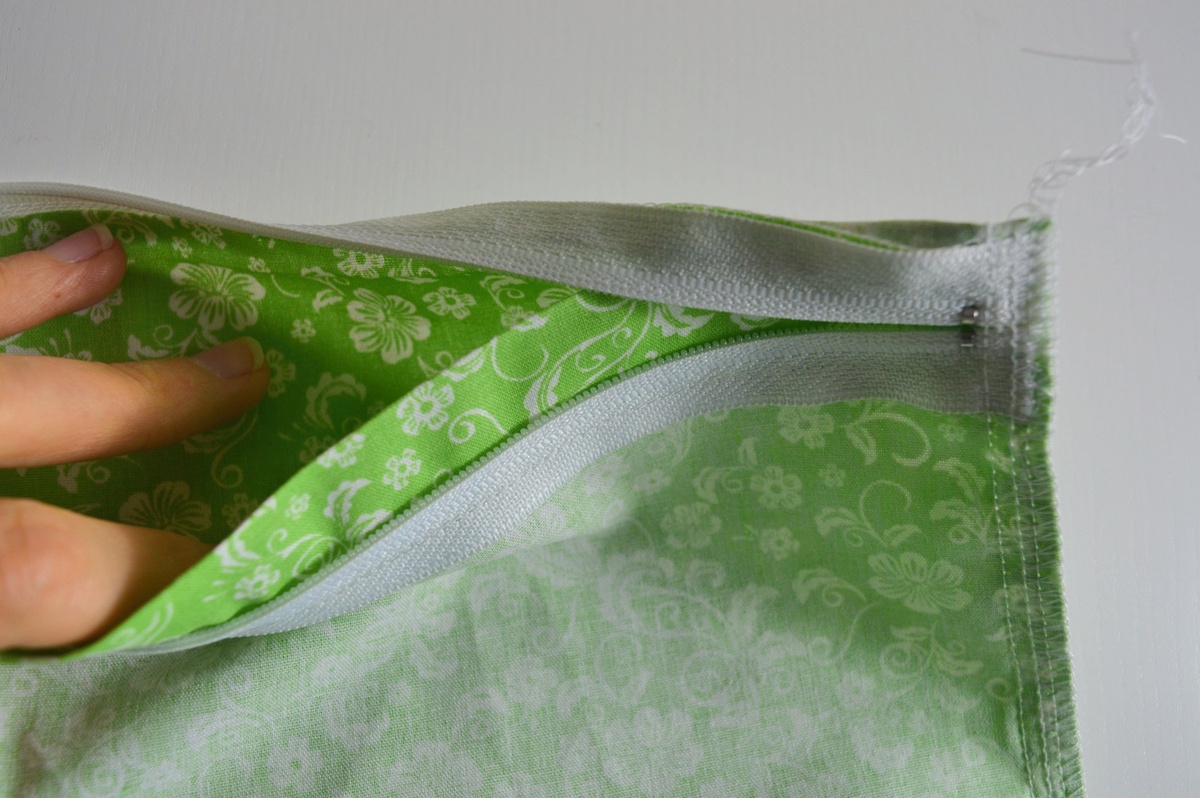
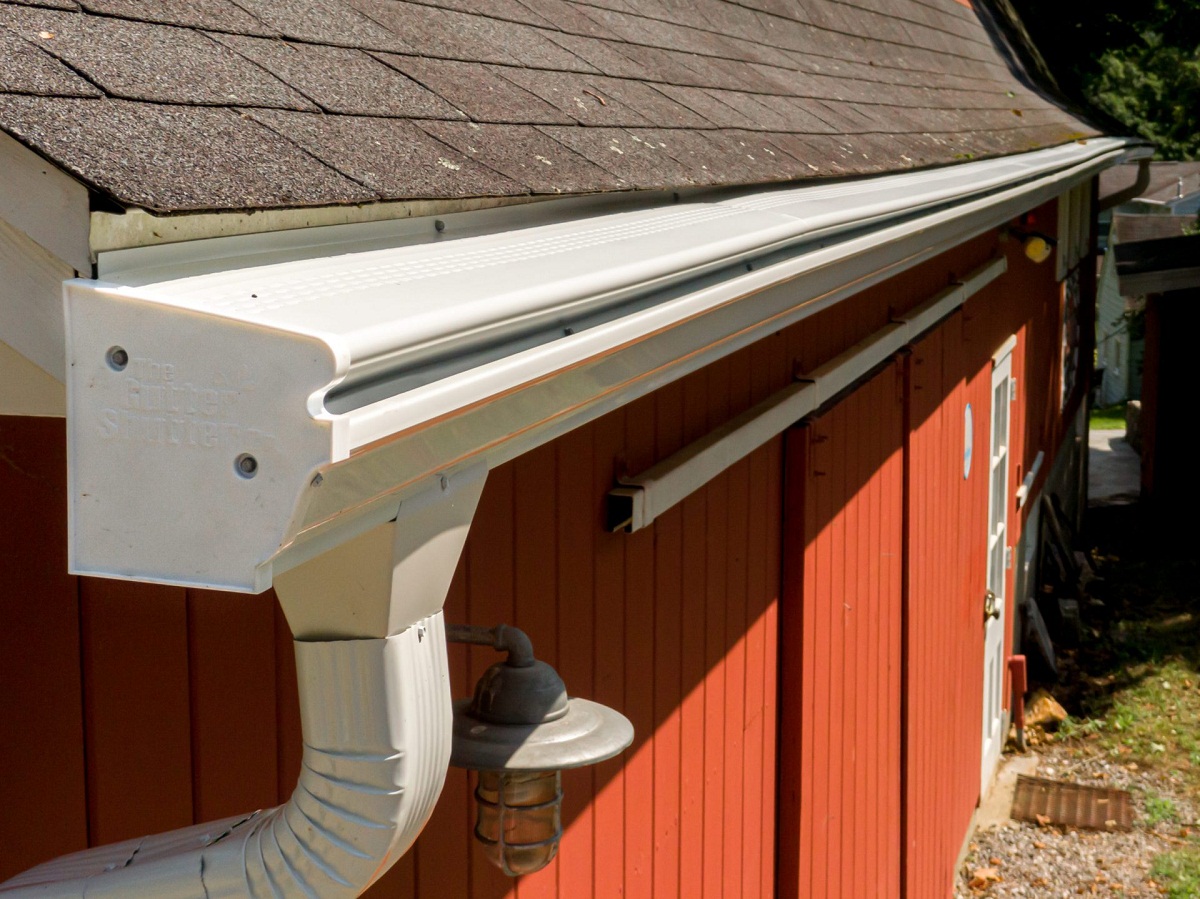
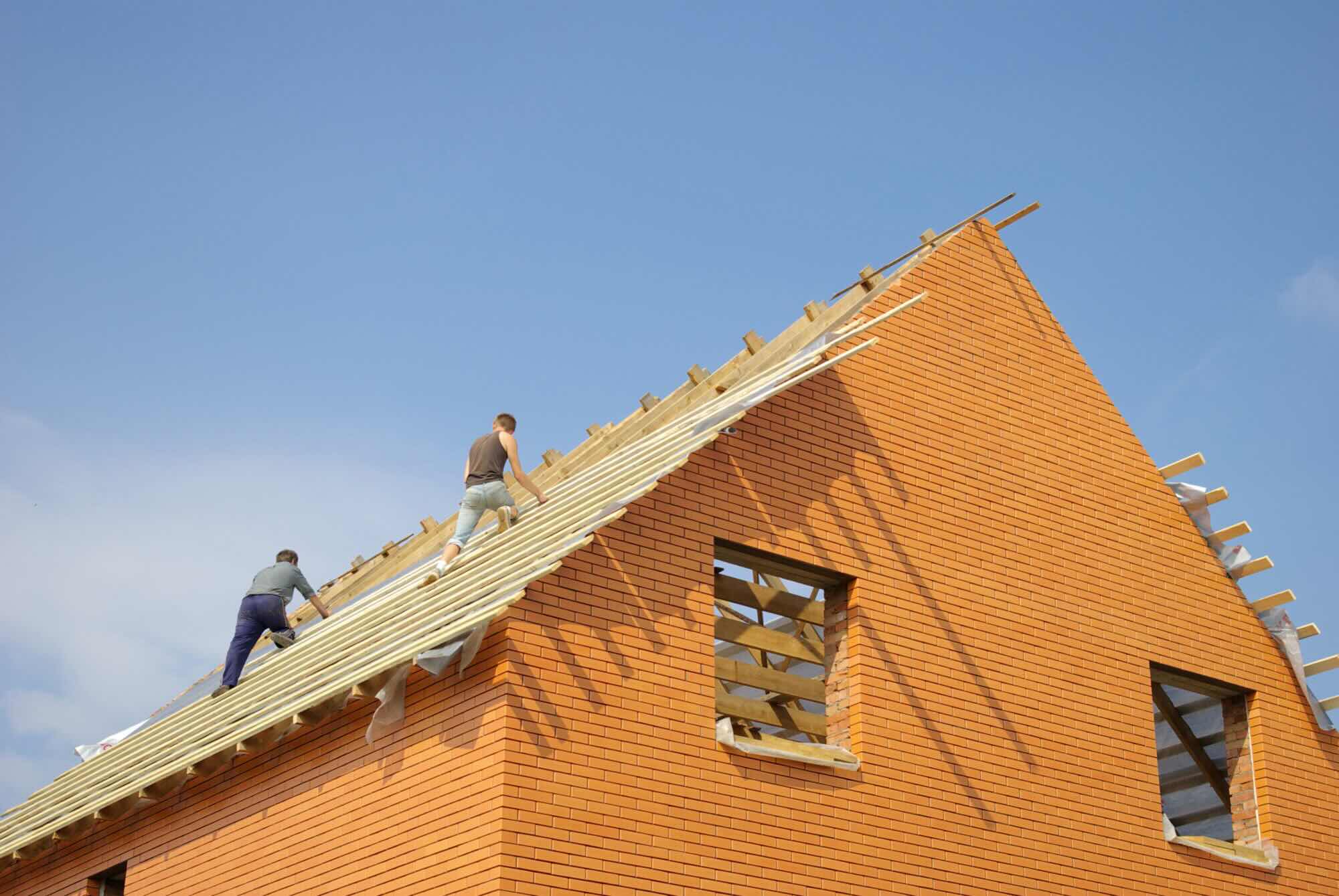
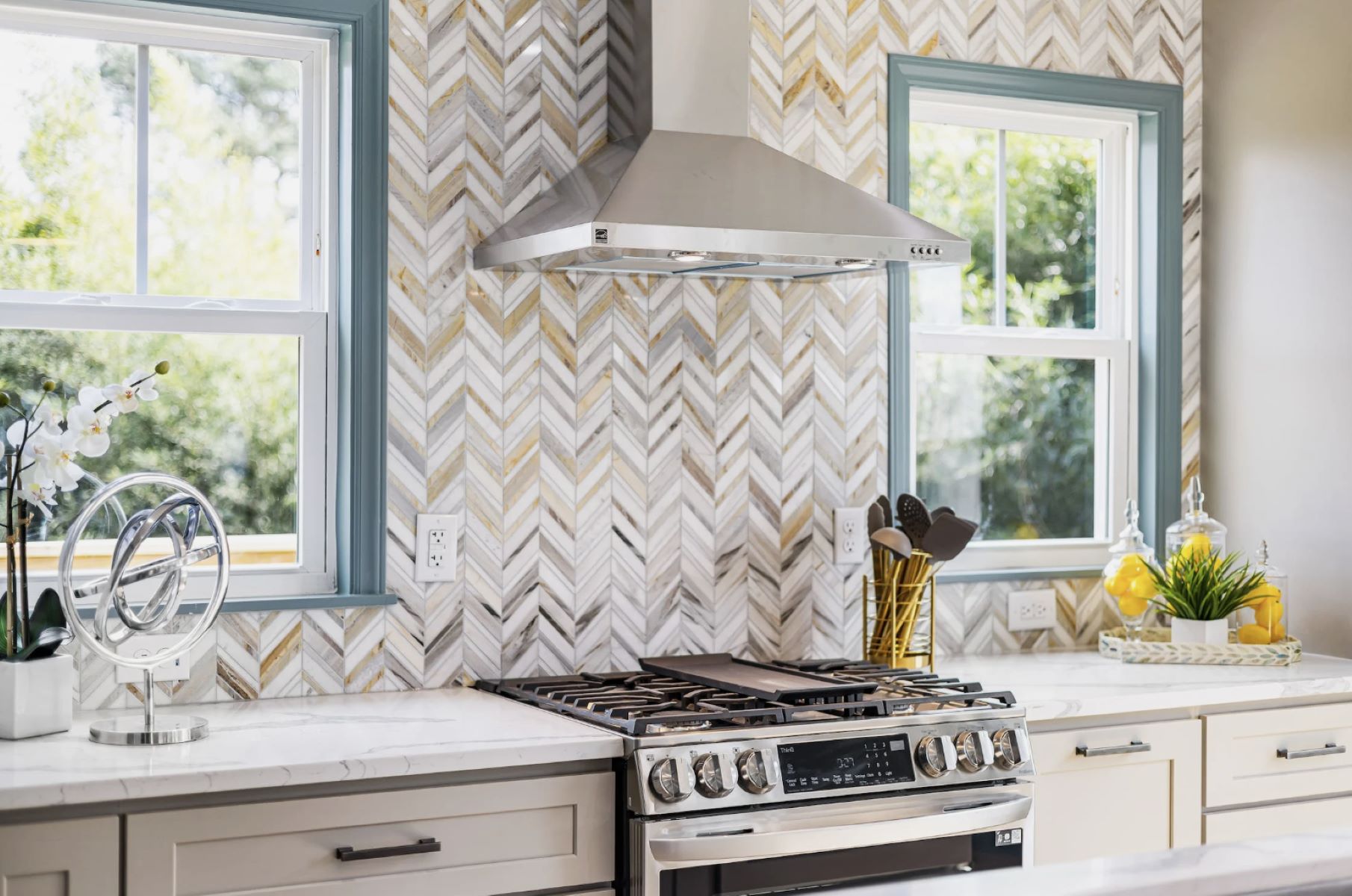
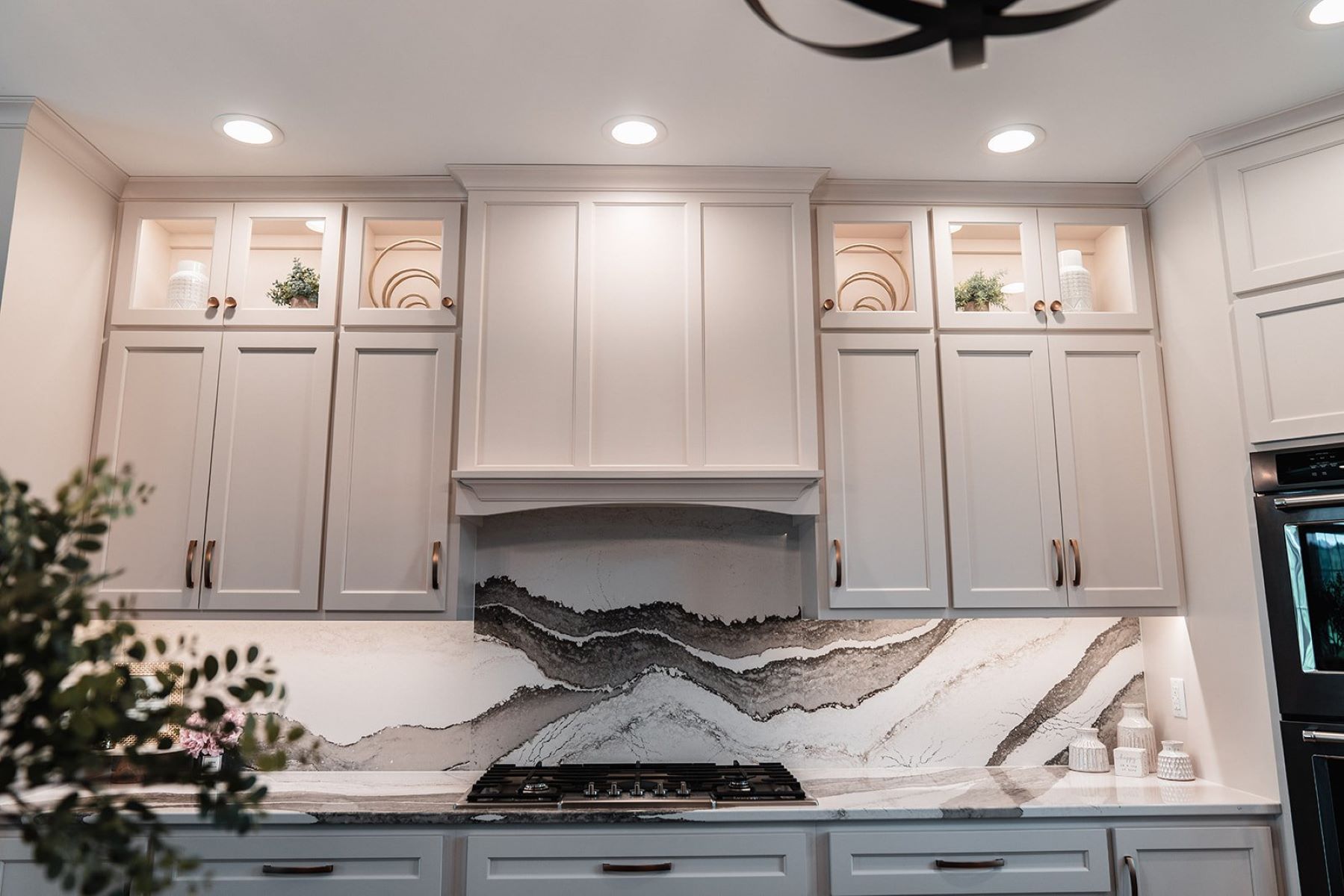
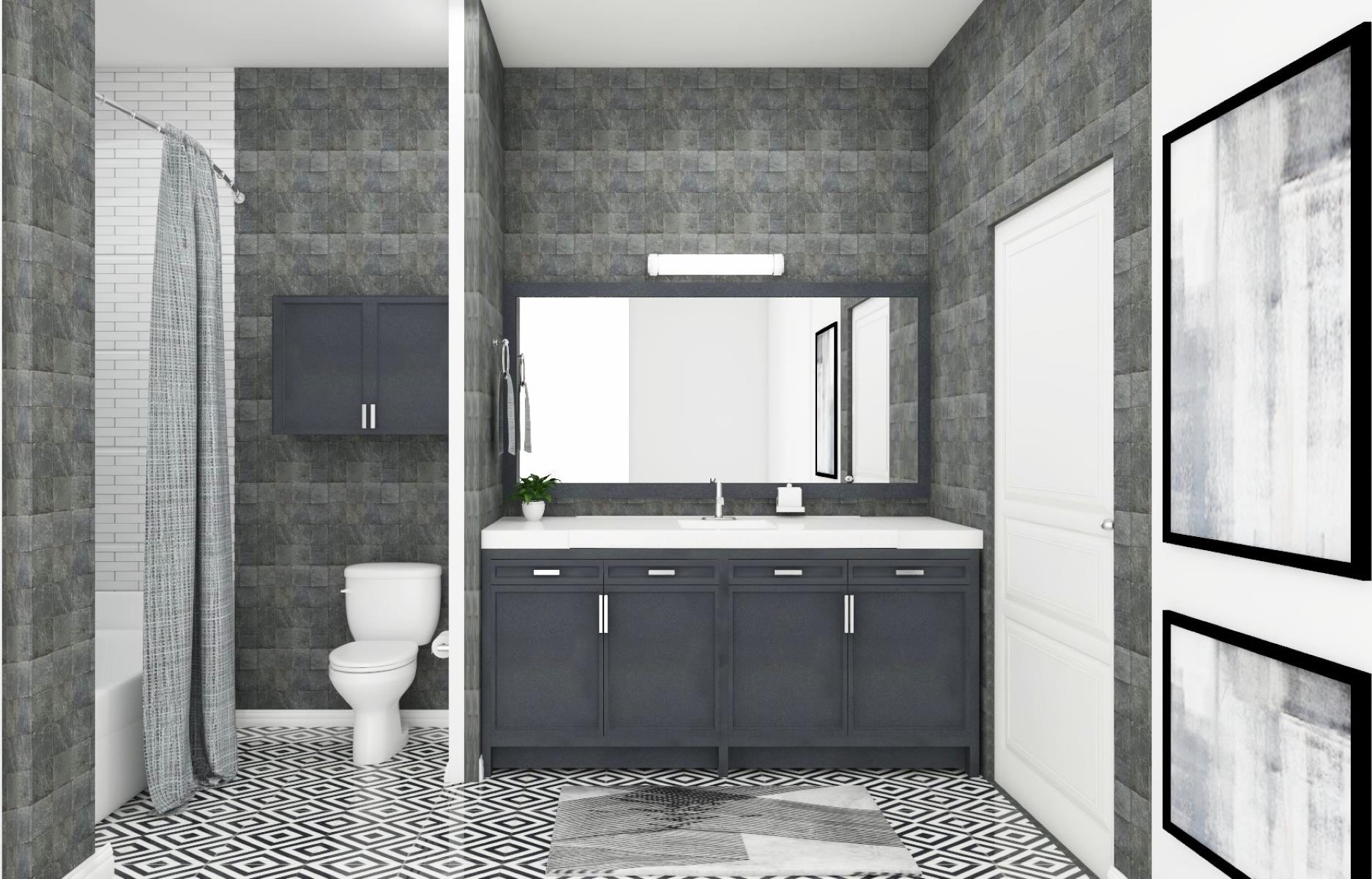
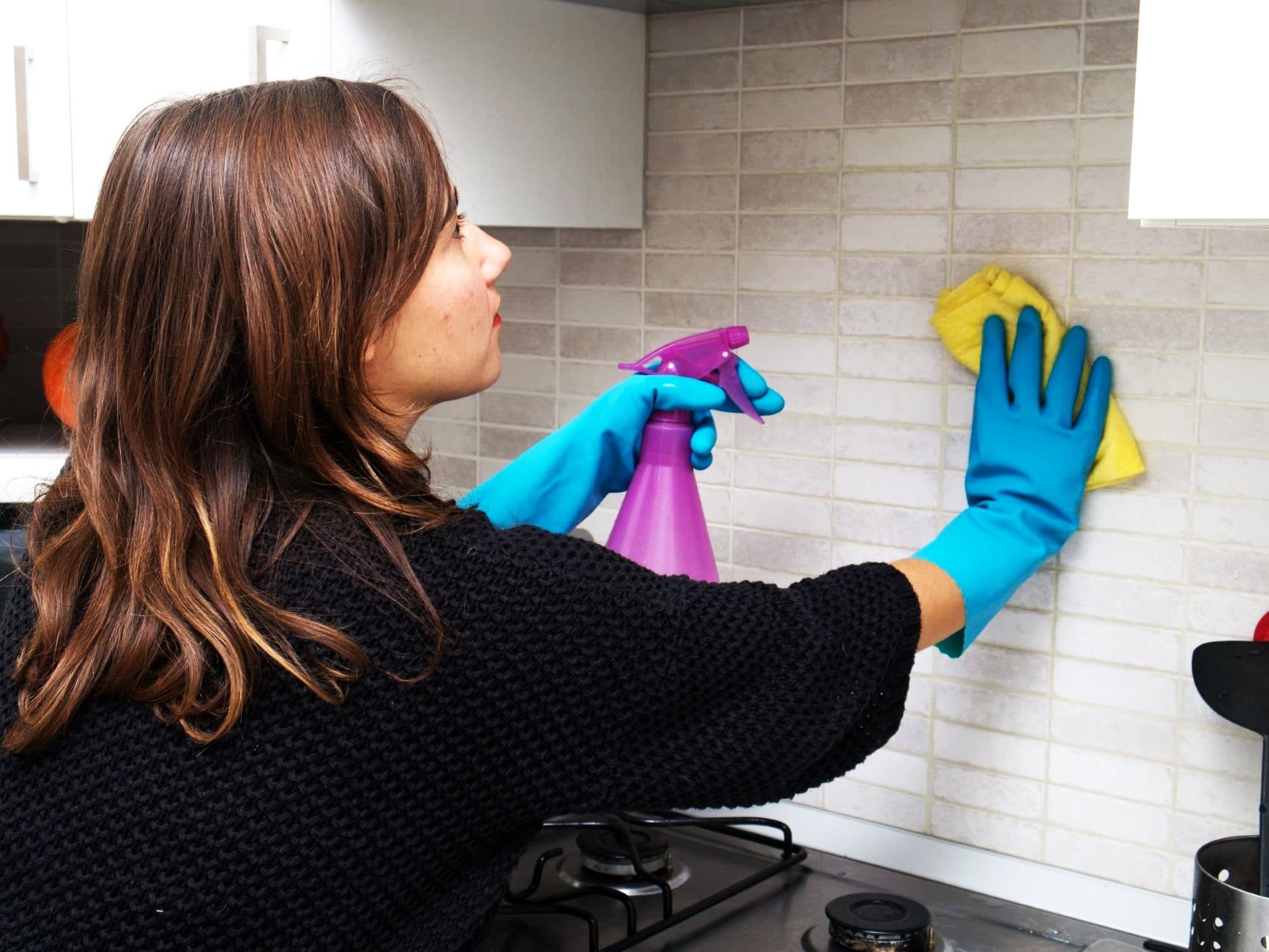
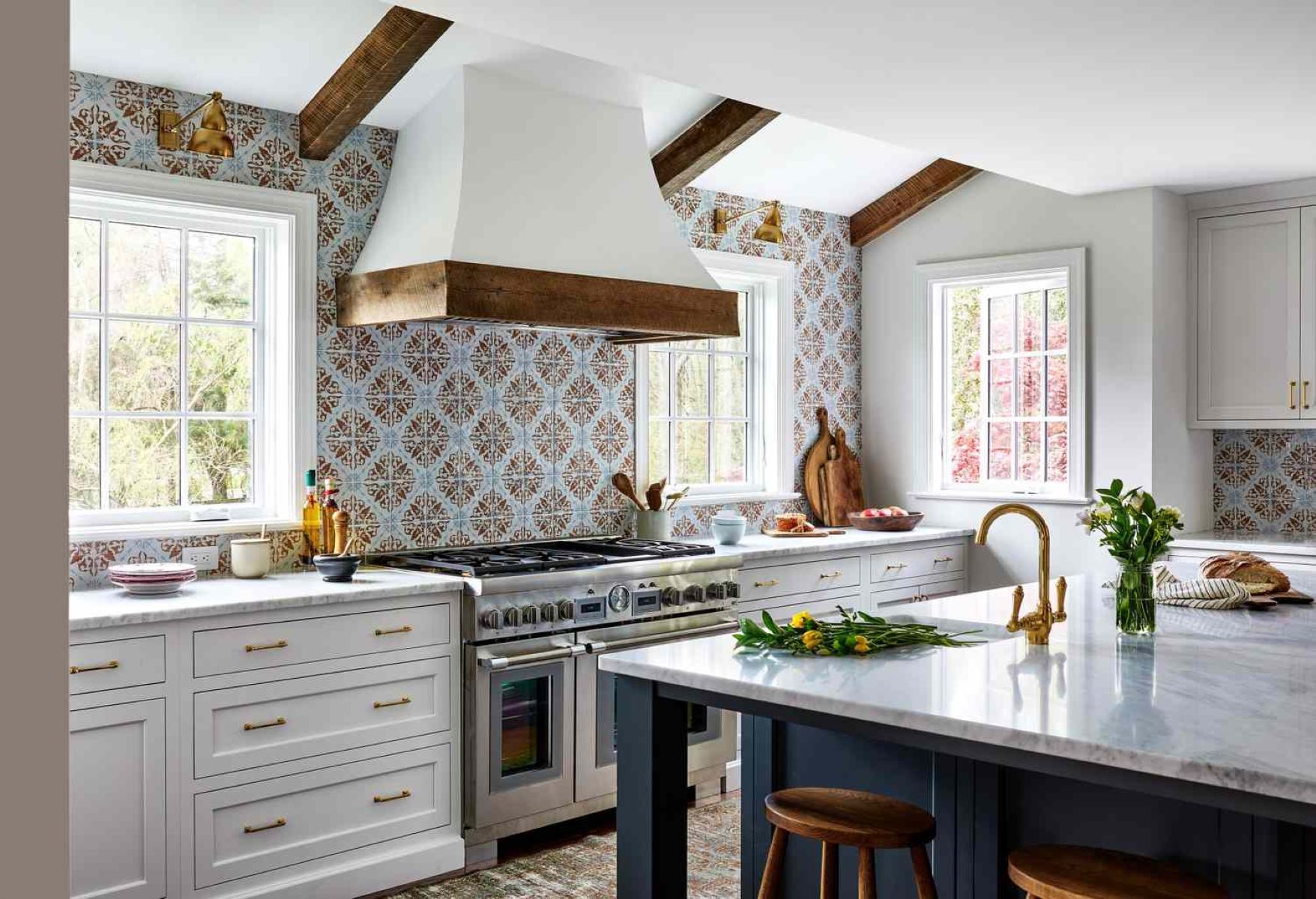
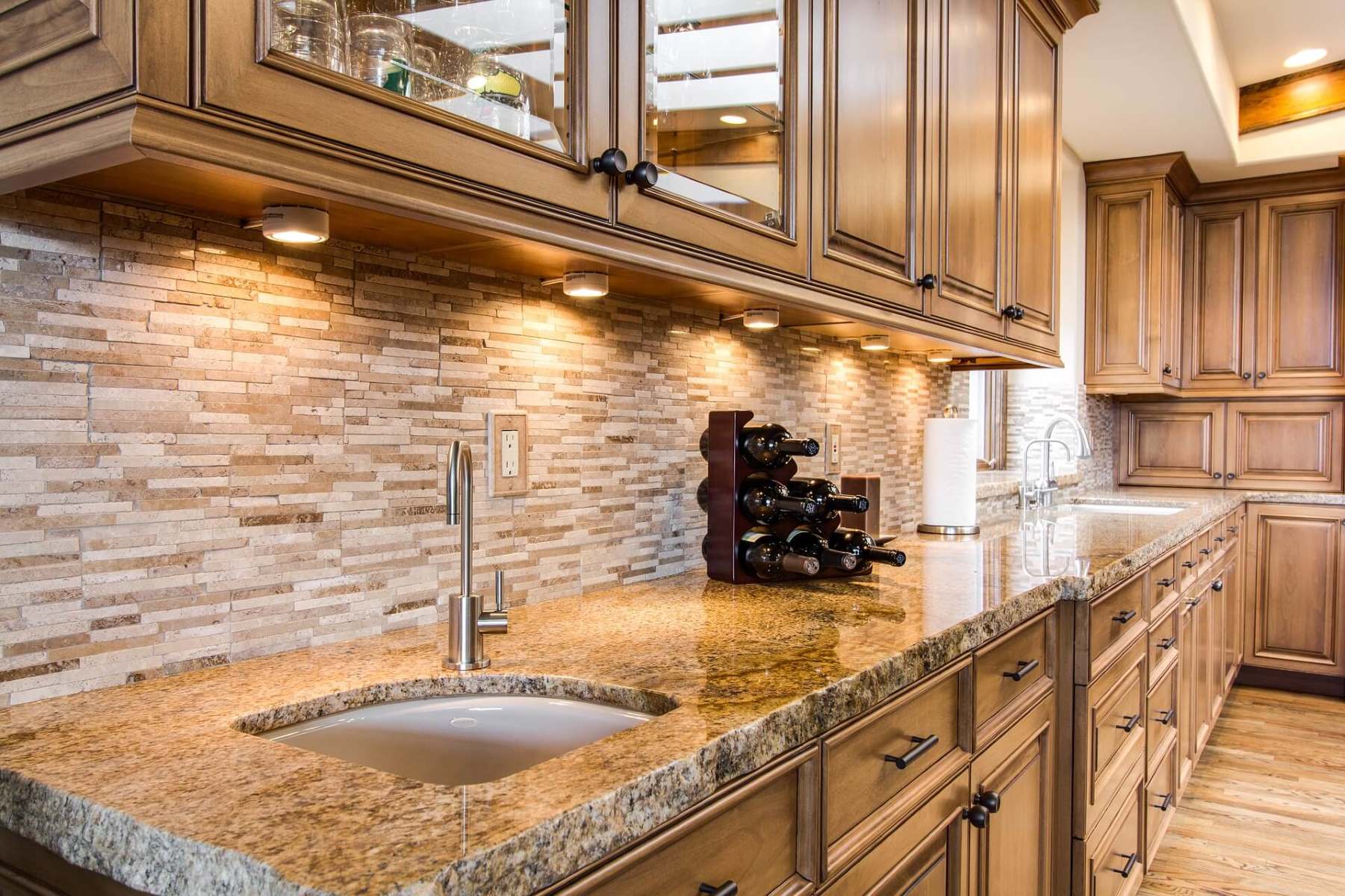
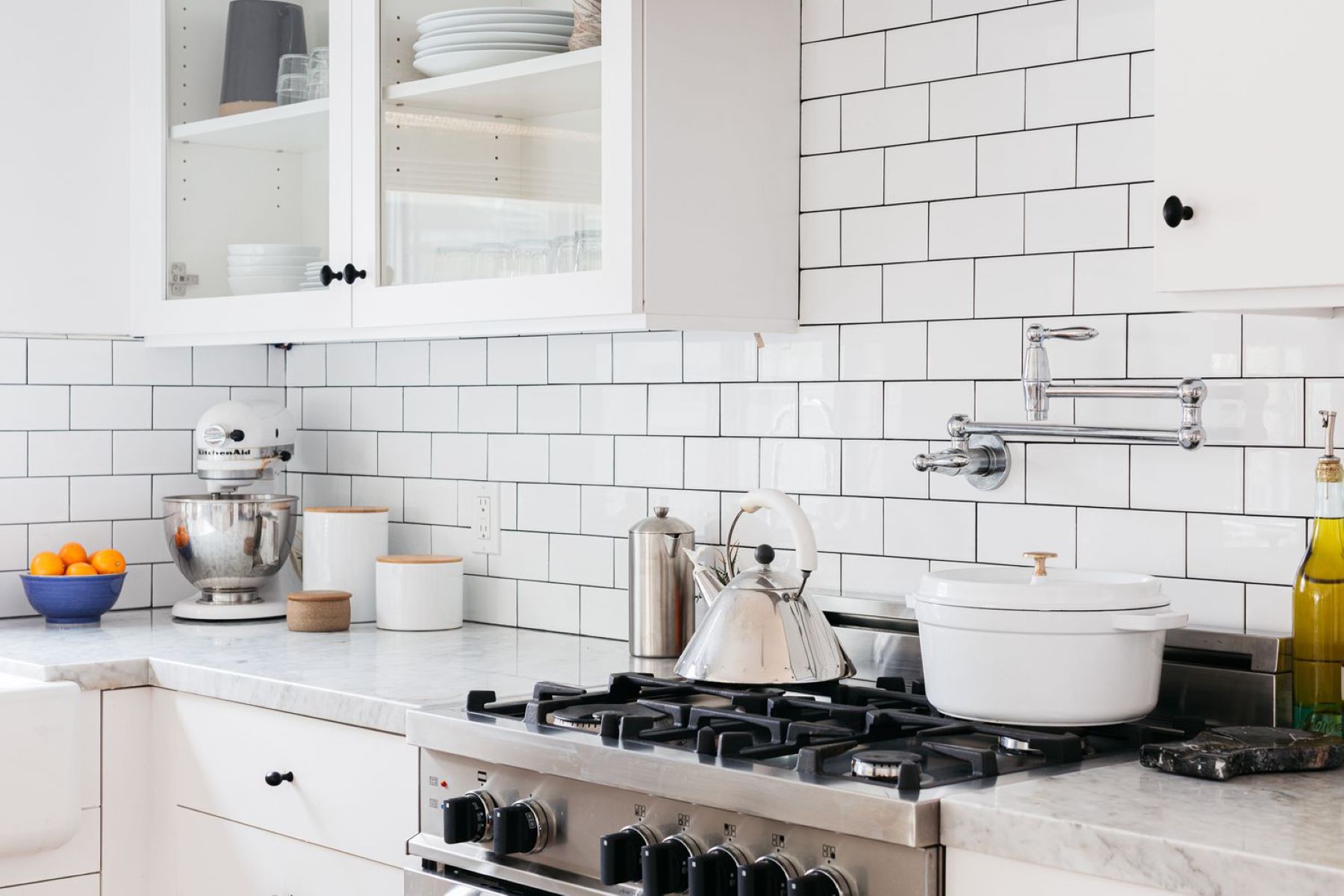

0 thoughts on “Where To End A Backsplash”